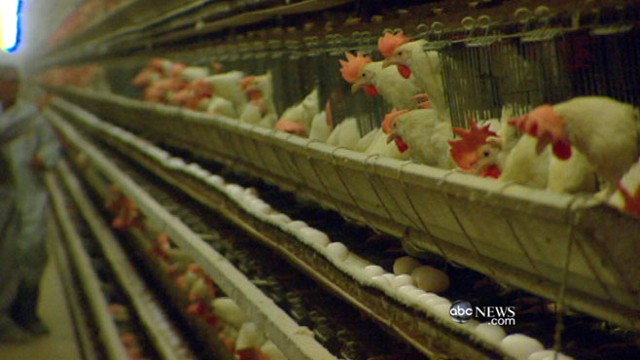Since I’ve gone vegan (over one year now as of Sept 2015), I've been thinking more about the question below:
The question was asked to Emily Moran Barwick during one of her recent speeches.
At first, my thought was that I should wait for the items to wear out or run out, then replace them with vegan options. But now I’ve got a little bit more clarity around what I should be doing.
Let's discuss two main items:
- Prepared Food
- Clothing
FOOD
The first issue is around food that is
already cooked and prepared, should I just eat it because the "damage is done” or
should I decline it?
At first, I did think that it would be okay to eat already prepared food because "hey, someone ordered pizza and the damage is already done so
you know, we shouldn't let the food go to waste."
After a while, a lot of things started to change. First of all, as I have seen more and more videos about how bad the meat industry is, I don’t want to eat the food anymore. In fact, it makes me sick, and I don't have the desire to eat something that came from animals, since I know what the animals went through.
Secondly, I thought about the leftover food that would go to waste. I don't want to waste food, and don't want the food ending up in the landfill. However, I realized that if there are leftovers, someone else will likely eat them, or take them home. If they normally would
eat meat products for one of their future meals, but instead they ate the leftover meat from the event that I didn't eat, then that saves one more meal that otherwise would have been consumed. Overall, there would be one less meat-based meal that was consumed.
The other thing I realized was that eating the prepared meal was giving the illusion that whomever made the decision to order that much pizza (or food) at the catered event
or at the conference was estimating the amount correctly, since there weren't any leftovers.
If they ordered a certain amount of food and if I eat it, then I’m giving them incorrect feedback that they ordered the right amount. Next time, they will simply order the same amount. However, if I don't eat it (and I can put away quite a bit
of food), then maybe it will send a signal to them that they ordered too much food, and next time they'll cut back on the amount, This is where the true impact will occur in order to reduce the amount of meat consumed. It’s a little bit of a stretch, but in my mind I can justify that. Maybe in the long run it will pay off if everybody who is vegan does this, then it would make a difference.
CLOTHING/PRODUCTS
The other issue is around the products that you already own, such as clothing or personal care products that is non-vegan. Should you just continue to use those, or should you go and replace them all?
For example, if you have a leather belt or leather shoes or a leather
jacket, or you have personal care products like shampoo, make-up, deodorant or
cologne that were tested on animals, what should you do with the items?
At first I felt that since you
already purchased it, the "damage was already done," so you might as well just use it
up. Then a couple weeks ago I watched Emily's BiteSizeVegan.com video, and she started
to change my mind about this.
Here is why I'm changing my mind...
First of all, when you are wearing those products or keeping them in your home, you’re basically telling people that you support the use of animals for leather. You're giving the illusion that you
support these items.
It started to create a conflict in my mind having them around the house. That's why I suggest you replace them as soon as possible. However, if you really can't afford to
replace the products (it’s
the only pair of shoes you own), then I think you should replace those items as soon as possible. If you have a lot of non-vegan items, replace them slowly, so it doesn't cost so much at once.
Here is another reason why: When you go buy a new item that is vegan-friendly, you are sending a signal to the marketplace with your money.
"Every time you spend money, you're casting a vote for the kind of world you want." -Anna Lappe
When you buy a vegan-friendly product, you are supporting the company, and telling them that what they offer is valued and they should continue to make it. If you wait until the item wears out or runs out, that could be months or years later before you support them, and that might be too late for some small businesses taking a chance with their vegan offerings. Your purchases also send signals to other companies that there is a market for vegan items, and it might get them to start offering similar types of products
That’s probably one of the biggest reasons why I’ve changed my mind about replacing the items I own.
What items are you struggling with replacing? Add some comments to the bottom of
the blog if you want to discuss....


















